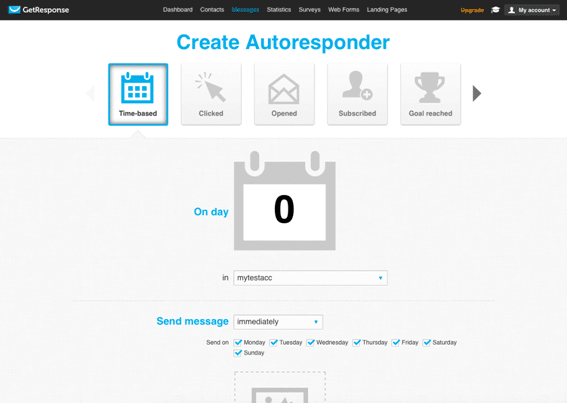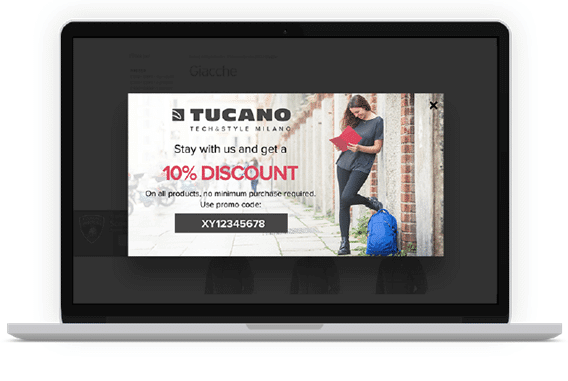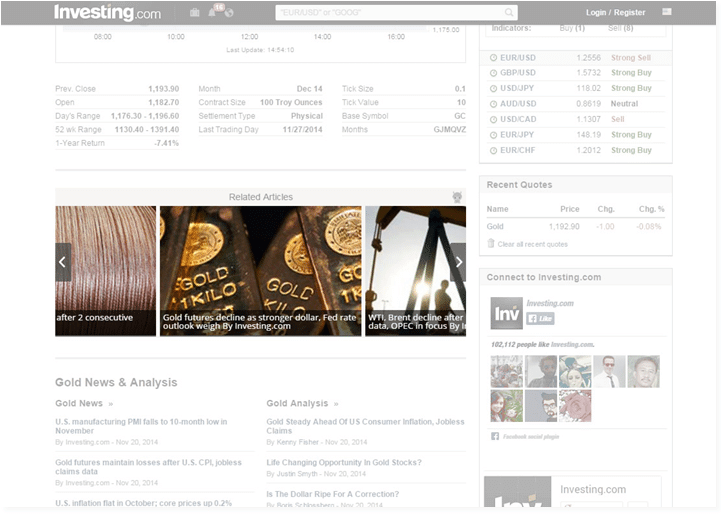3 Brand Strategies in Using Targeted Messages to Leverage Conversion Optimization

Last year’s elevator pitch of “describe your business or product in 15 seconds or less” has seemingly turned into a Twitter-dominated “tell your story or idea in 140 characters”. In both cases, the final goal is quite clear – you must be able to deliver a clear message to the end user. This is especially true considering the level of impatience surrounding consumer behavior, whether those incidences result from the time it takes for customers to be persuaded to make purchasing decisions or average time spent on a specific webpage.
This reality is especially significant for brand marketers, as our ability to convert potential leads can’t count solely on the intent of our potentially interested buyers. In fact, if we relied on this, we would likely see our nearest competitor cruise passed us with little to no hesitation.
Therefore, leveraging conversion optimization is largely dependent on our ability to clearly deliver targeted, relevant messages to the end user. With the presence of seemingly endless amounts of websites that display content but fail to address this issue, one wonders the following: How can brands differentiate themselves in this domain and produce messaging that best reduces the time spent from interest to the point of sale? How can these activities improve user engagement and improve the overall buying experience?
To help answer these questions, let’s take a look at how 3 different conversion optimization strategies are being deployed by distinct brands:
GetResponse: Time-Sensitive Autoresponders
Autoresponders? Yep, if used correctly, automated email marketing messages can hit the spot in terms of their ability to increase user engagement and boost conversions. This will require really understanding of what your customers are interested in, based on past behaviors. For instance, if data has determined that the majority of the potential group you are targeting open their emails between 4PM to 6 PM during the week, you can email this segment about a “last minute weekend deal” just towards the end of Thursday.

Fanplayr: E-Commerce Exit-Intent Based on Customer Segmentation
for e-commerce
Fanplayr’s approach is to try to help e-commerce marketers grab the attention of potential converters just before they abandon your site. This is cleverly orchestrated by displaying smart offers and highly targeted messages that are based on previously defined customer segmentation parameters. For instance, as a brand marketer, I can choose to digitally present a $15 coupon or 10% discount in front of a potential buyer with frequent visits to a specific webpage focused on sandals.

This idea behind this strategy is simple – engage the potential buyer with an offer that is directly related to his/her past intent and buying experience.
Trendemon – Personalized Content Recommendations via Marketing Automation
Yep, we made the list! Our philosophy is that if we invest tremendous amount of time and effort into creating valuable content, we want it to be able to measure the content’s ROI and identify the top converting content items. Based on the system’s analysis of each user’s journey, TrenDemon automatically recommends the right content to the right person, using various content recommendation units. While we are naturally biased, we really do know what we are doing when it comes to maximizing content ROI and improving rates of conversion optimization.

It all comes back to data and drawing in the most appropriate people to our product offering. We even mentioned this in one of our previous posts on contributing to an improved customer journey:
“…we are gathering so much information about users and their behaviors,
it is now becoming possible to connect the dots, see where they’ve been and derive some meaningful insights.”
[ctt tweet=”How can brands differentiate themselves in producing messaging that best reduces the time spent from interest to the point of sale?” coverup=”jR5Sd”]
Time to Wrap Up
Consumers today are not only more informed – they also have a lot more options and platforms to help them explore, test, and compare products and services. Therefore, the difficult task of pin pointing conversion optimization requires the adoption of tools and strategies that are both personalized and targeted. This will continue to depend largely on collecting actionable insights relating to consumer data and behavior and translating it into effective messaging and real-time offers.
Are you familiar with other strategies to help realize impressive rates of conversion optimization? Share your thoughts by leaving us a comment below.